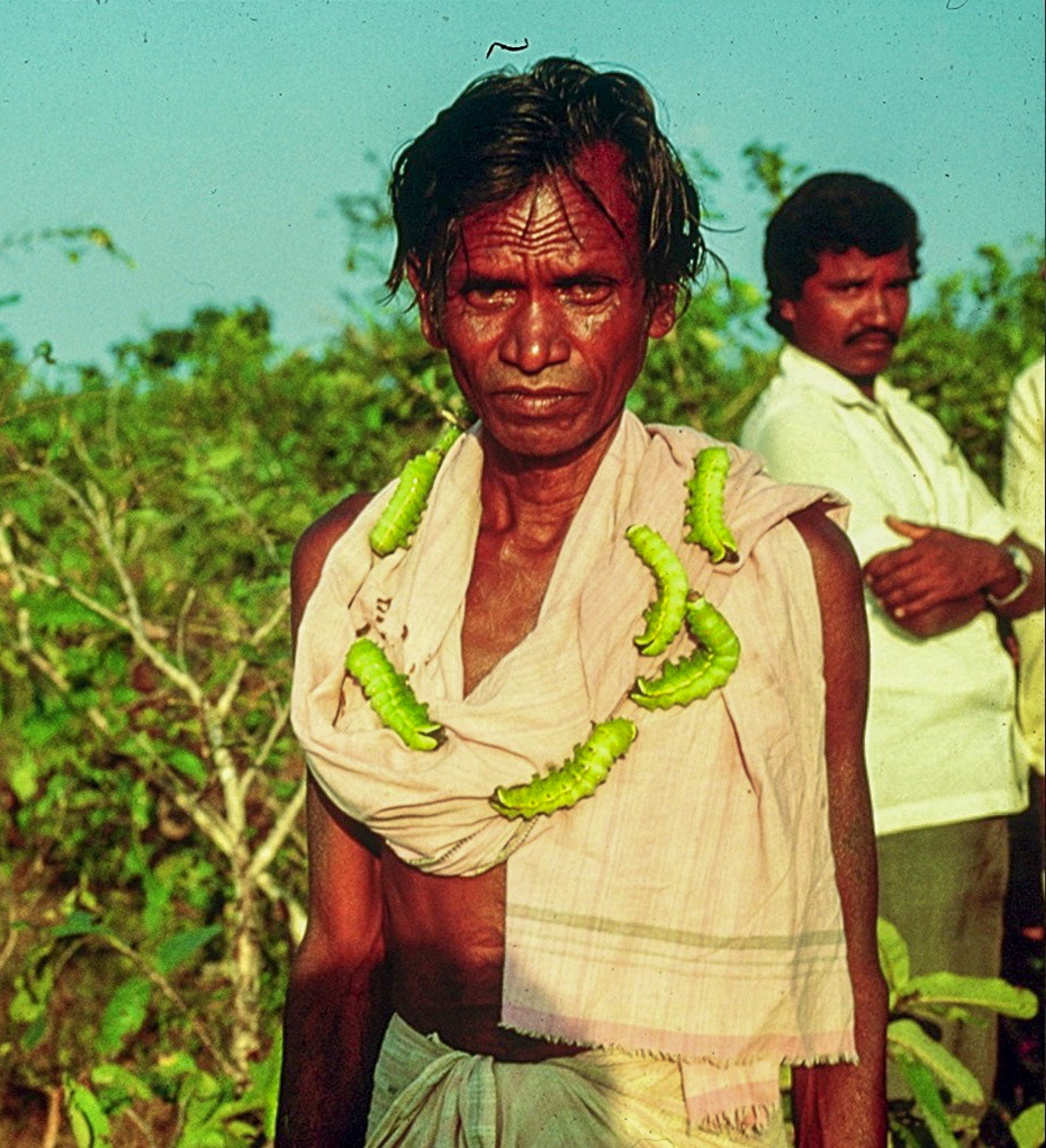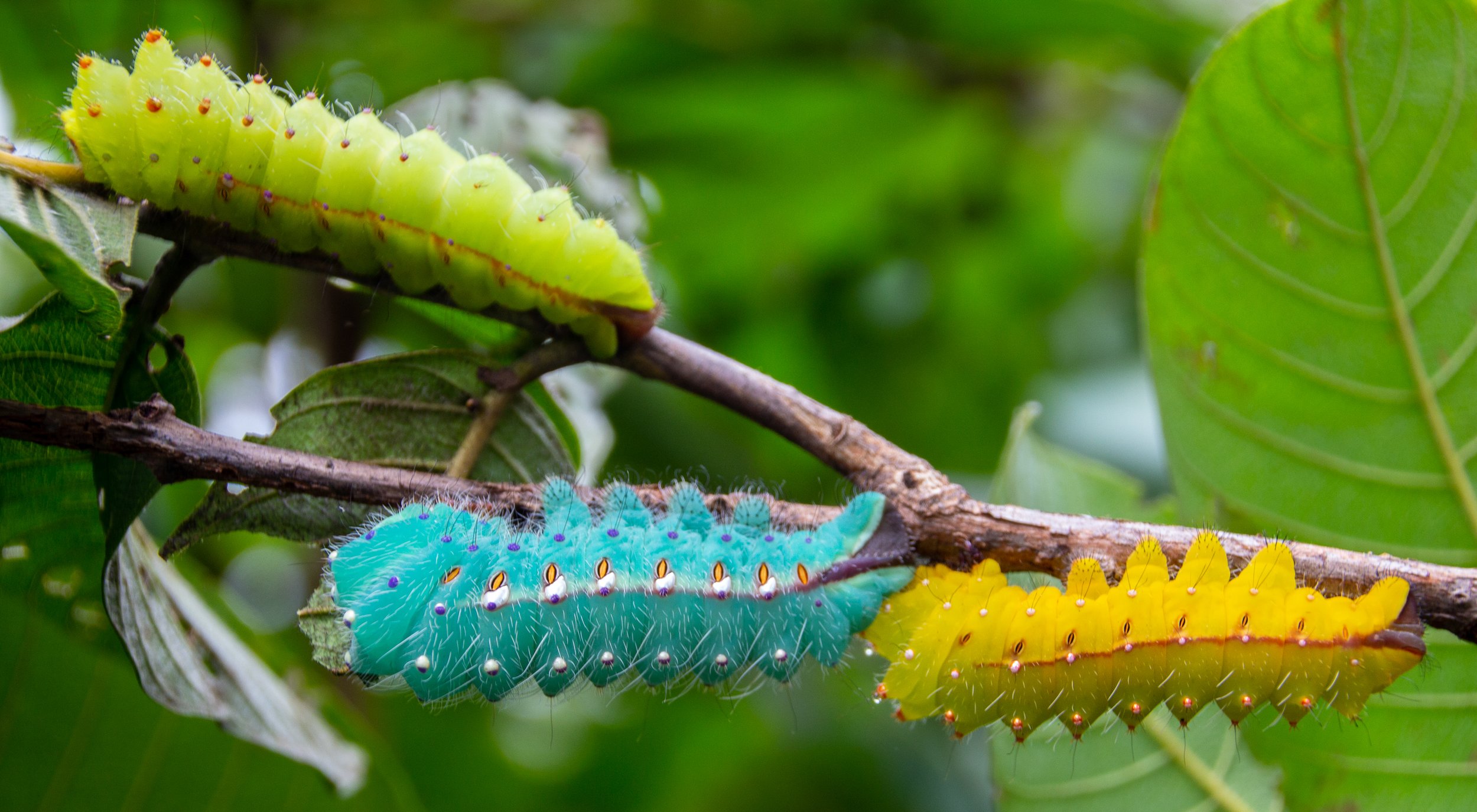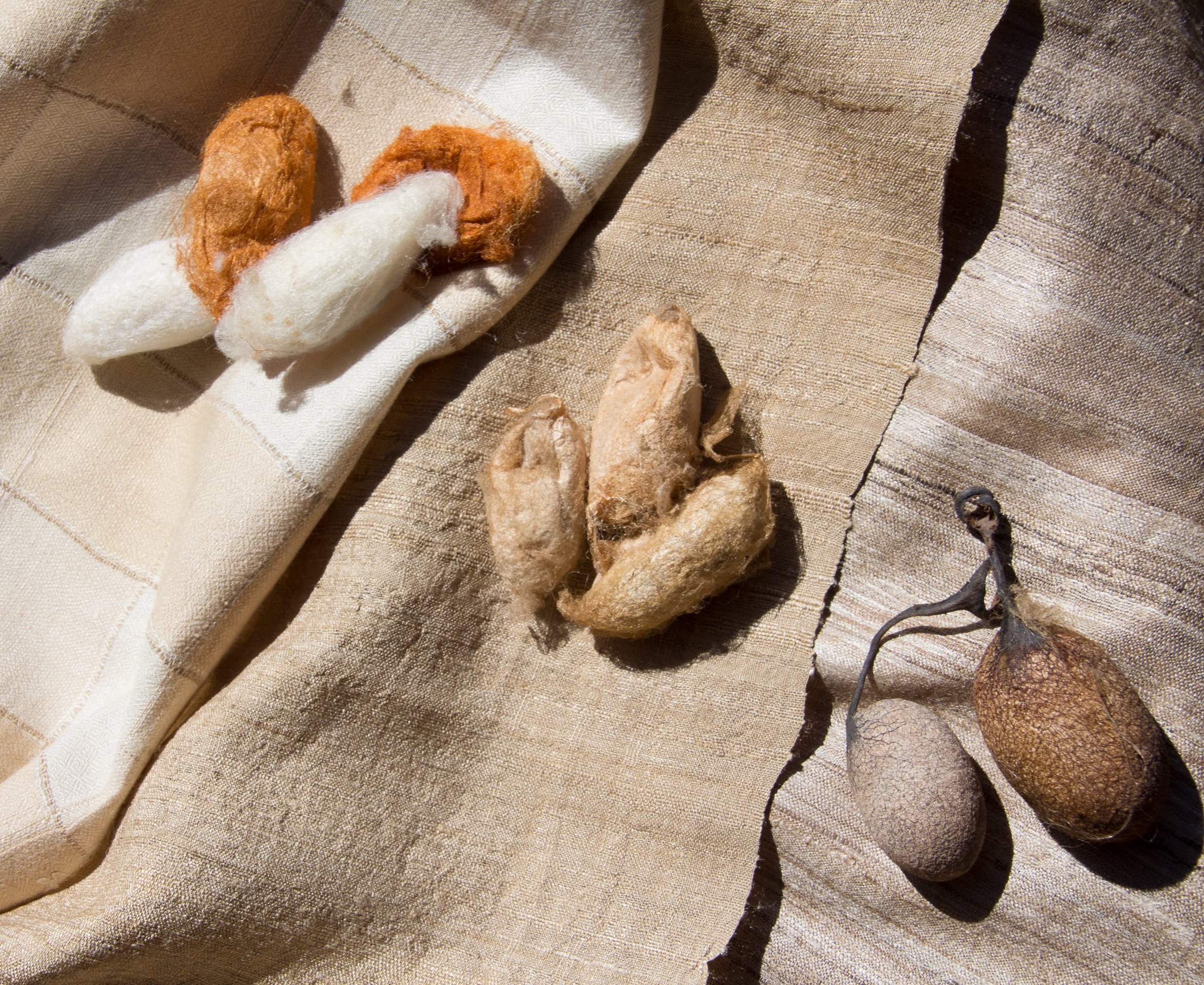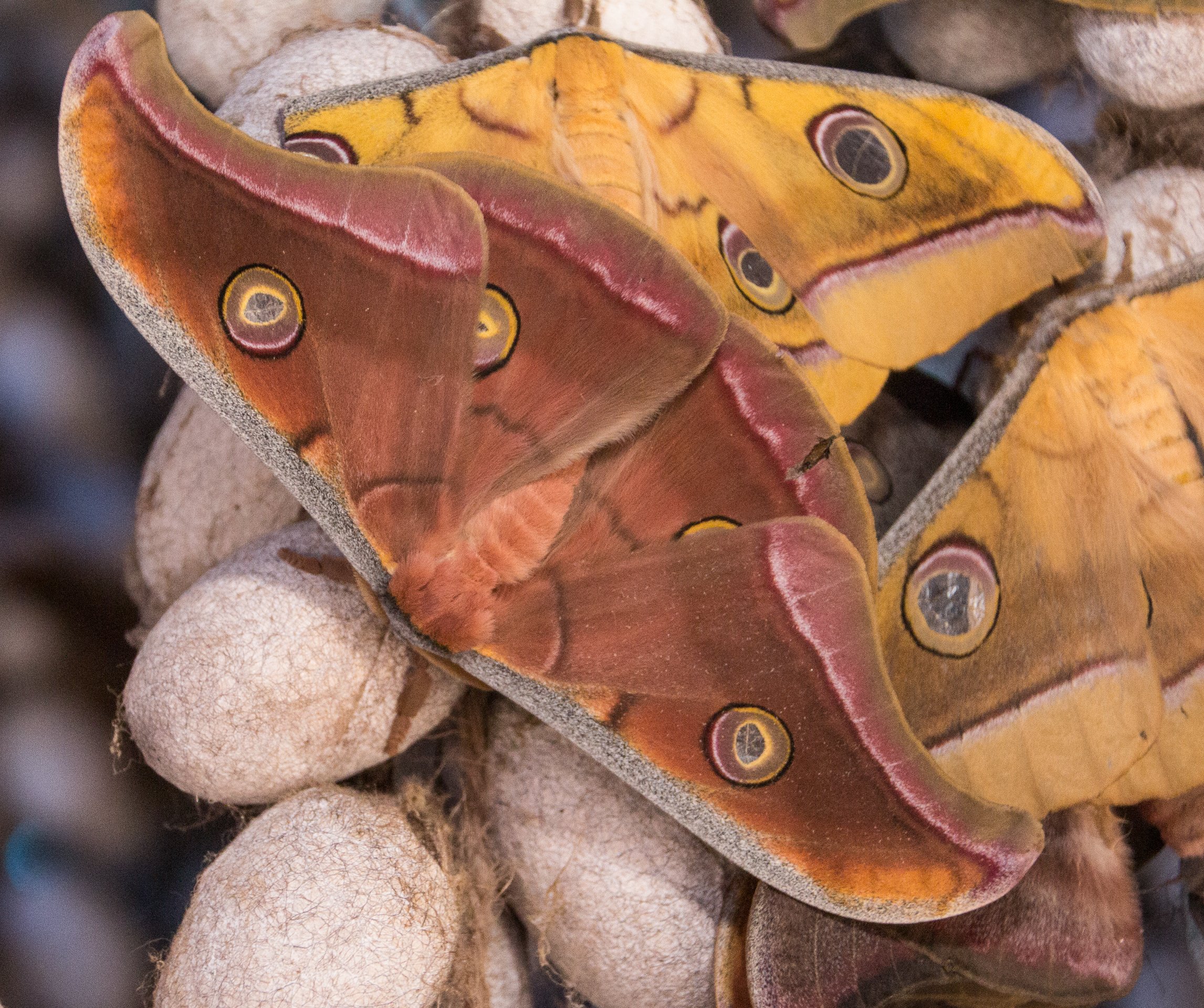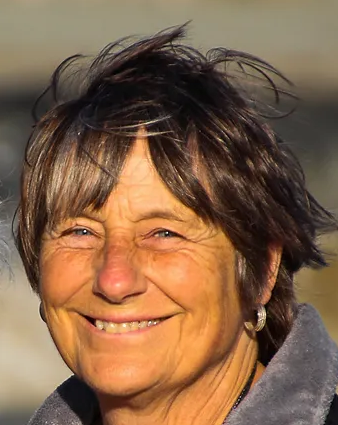Morning (11AM): “How History has Shaped Wild Silk in India – Tasar (tussah)”
Afternoon (1PM): “Thirty Years of Change for Muga and Eri”
INTRODUCTION: Wild silk is much more than the miraculous journey of metamorphosis from caterpillar to silken luxury. It is tightly woven to an ancient living culture raising tasar, muga and eri silkworms in remote forests of central and eastern India. Raising wild silkworms, reeling cocoons, spinning fiber and weaving silk cloth provides sustainable work, while protecting the environment, and supporting communities. Photos and stories captured from weavers, spinners, and silkworm farmers over thirty years of research will transport you into their homes and villages to witness the love and dedication involved in each part of the process from soil to cloth.
Morning Program: “How History has Shaped Wild Silk in India – Tasar (tussah)”.
Every story begins at a time place in history. We will glimpse the prolific textile production in India before and after British colonialism. Different qualities of silk are unravelled from the same cocoons. A short look at the lifecycle of the silkworm reveals how we obtain these qualities. We will go into the jungles where men and women raise tasar (tussah) and see their amazing practices for protecting their charges in the wild. They tell us their stories of how they work and live. We will visit women using the traditional method of extracting silk from the tasar cocoon by rolling on the thigh and meet illiterate women prisoners learning to make yarn to have something to occupy their time. Much of tasar is woven on pit looms dug into the earth to house the treadles. You will see exquisite fabrics woven on these rugged looms. The morning ends with samples of tasar cocoons, yarns and fabrics to be examined and fondled.
Afternoon Program: “Thirty Years of Change for Muga and Eri”.
Muga and eri wild silk are both raised in the state of Assam. The Brahmaputra River flows through Assam creating an eco-system unlike anywhere else in the world. This is the only area where muga is raised. You will be introduced to a rearer who has a university degree and chose to return to rearing silkworms to be in the natural forest. Reeling yarn on the forearm is the traditional method of making muga yarn and requires two people. The yarn is so golden, weavers are now using muga instead of real gold thread for their special saris. Eri has always been raised by women on their verandas, like keeping chickens. Unlike other silkworms, eri spins an open-ended cocoon so the yarn must always be spun. The village women prefer to use a drop spindle takli. Eri is touted as peace silk, we will correct that myth. We end with samples of eri and muga cocoons, yarns and fabrics to be examined and fondled.
Karen was born in Wisconsin in a farming community and studied Chinese language and literature in university. She immigrated to western Canada in the early 1970’s and has made her home on Salt Spring Island since 2000. She and her husband, Terry Nelson, founded Treenway Silks, a silk fibre and yarn import/export company in 1978. As managing director of Treenway Silks for over 30 years, she wrote an educational newsletter, produced an award winning video, published an educational poster explaining the lifesycle of the silk worm, designed and developed new yarns, fibre kits, and colour palettes. She used all their products to create projects to inspire their customers.
Karen's quest to understand all aspects of silk, a desire to better serve Treenway's customers, and her personal curiosity, took her on the first of many journeys to Asia starting in 1986. With camera and journal in hand, each expedition was focused on researching the rich history and heritage of silk production and traditions. A deep respect for the land and people who make the textiles as well as prodding from her friend in India, inspired Karen to lead many textile tours through India and Laos.

